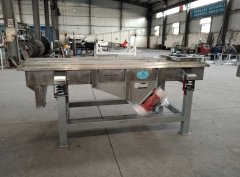
Vibrating screening machine for coal is a key grading equipment in the field of coal processing. Its core function is to separate coal materials by particle size through mechanical vibration. The equipment consists of a screen box, a vibration source, a support device and auxiliary components. The screen box adopts a high-strength alloy steel welded structure and has a built-in multi-layer screen to meet different grading requirements. In coal processing, the equipment needs to deal with the wide particle size distribution and high wet adhesion of raw coal. The vibration parameters are optimized through frequency conversion regulation technology to ensure the continuity and stability of the screening process.
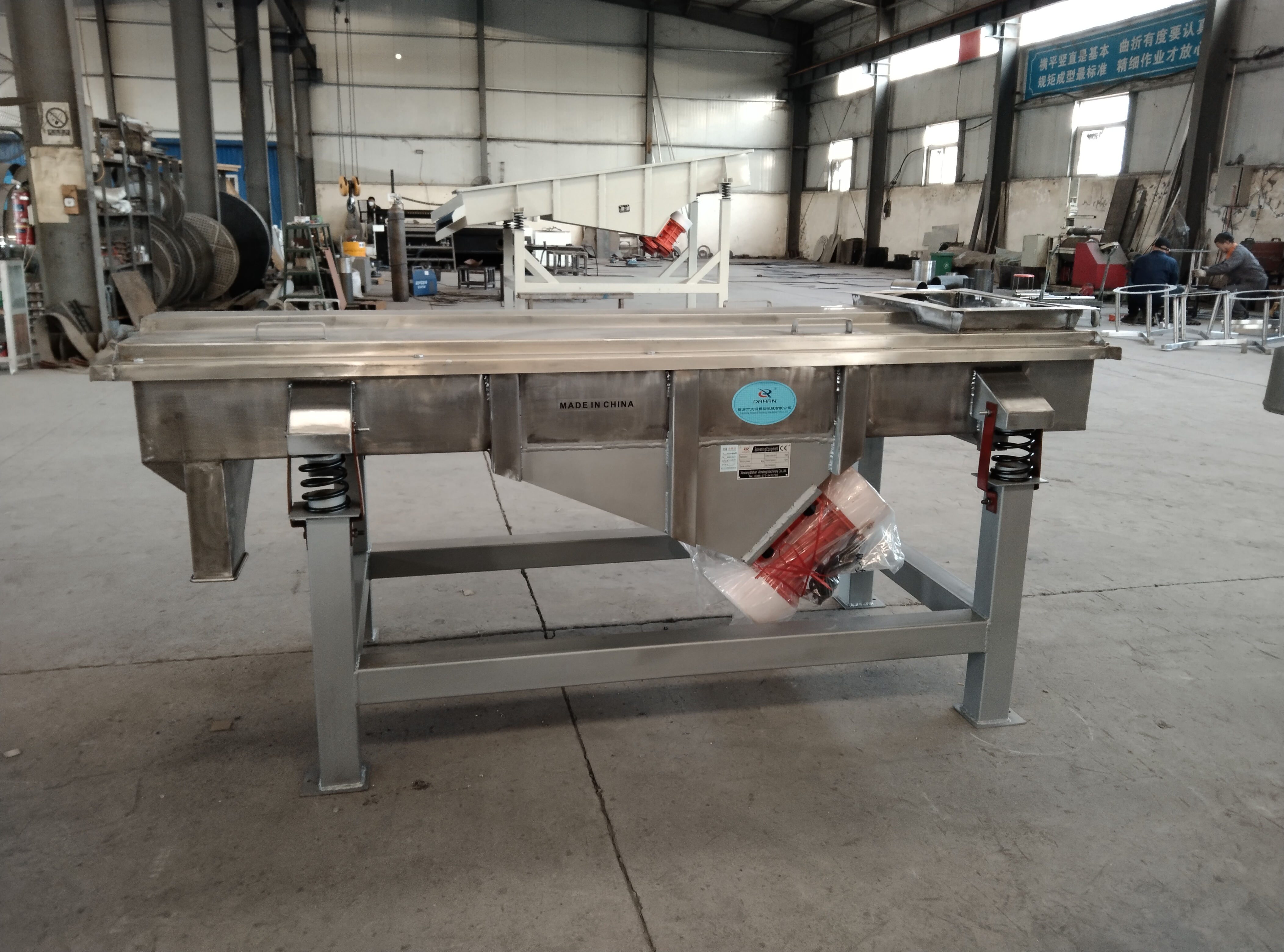
Working principle
Vibrating screening machine for coal realizes material classification based on the principle of vibration mechanics. Its core working process includes three stages: forced vibration of materials, stratification of particle groups and screening of target particle size. The equipment generates periodic excitation force through a vibration motor or exciter to drive the screen box to move in three dimensions, so that the coal particles form a throwing motion trajectory on the screen surface. Under the action of the vibration field, the coal particle group produces a dynamic loosening effect, fine particles pass through the screen holes to form undersize, and coarse particles migrate along the screen surface to the discharge end.
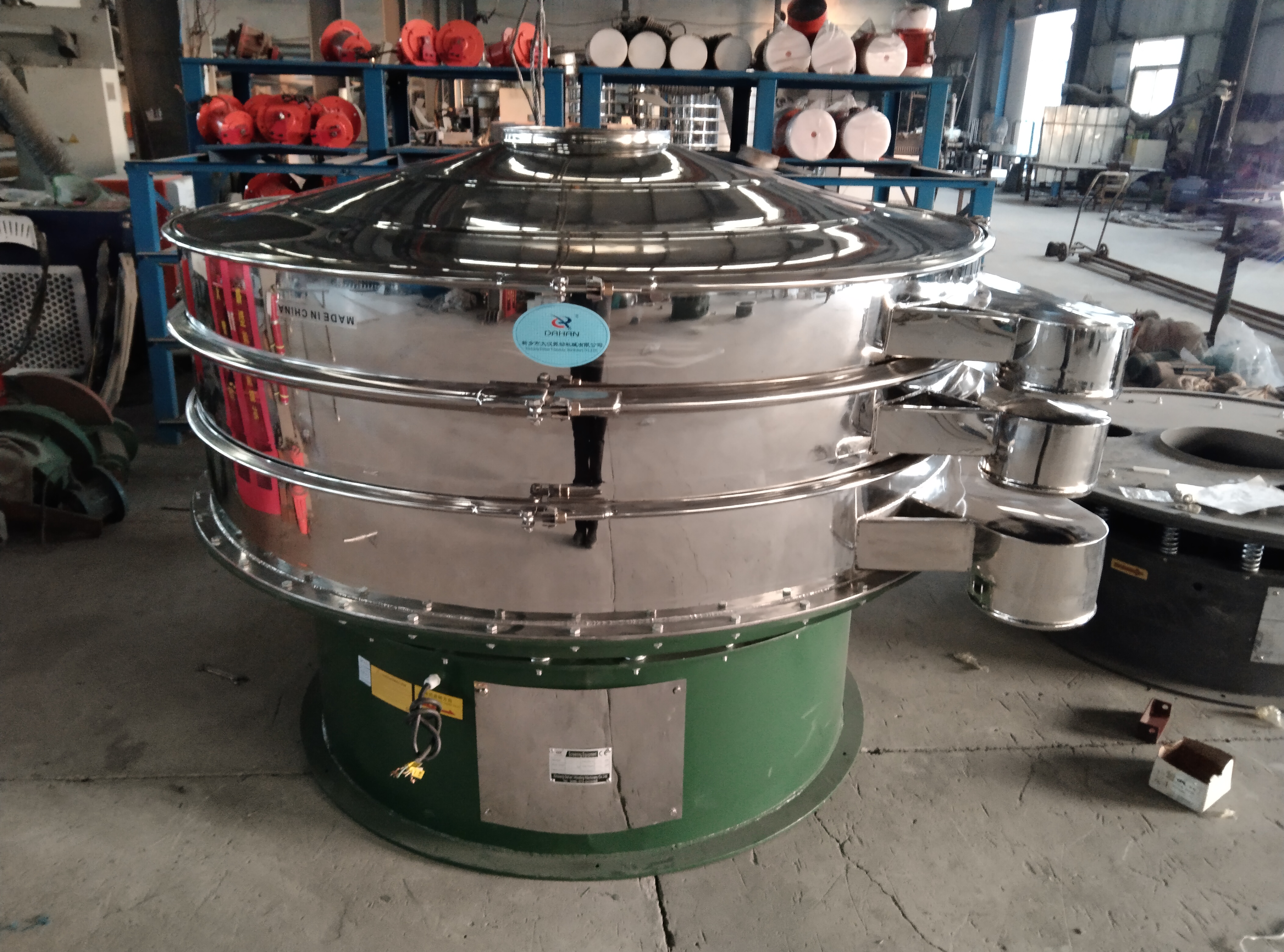
The physical properties of coal have a significant impact on the screening process. Raw coal usually presents a wide particle size distribution, with gangue content fluctuating between 5%-30%, and moisture content ranging from 8% of raw coal slime to 40% of lignite. For high-humidity and cohesive coal, the equipment adopts a composite vibration mode, and adjusts the amplitude and frequency parameters through the frequency converter to destroy the water film bridge between particles and prevent the sieve holes from being blocked. For the coking coal blending process with significant hardness differences, the screening machine is equipped with a multi-layer screen combination to achieve accurate grading of 0-50mm particle size to meet the requirements of different coal blending ratios.
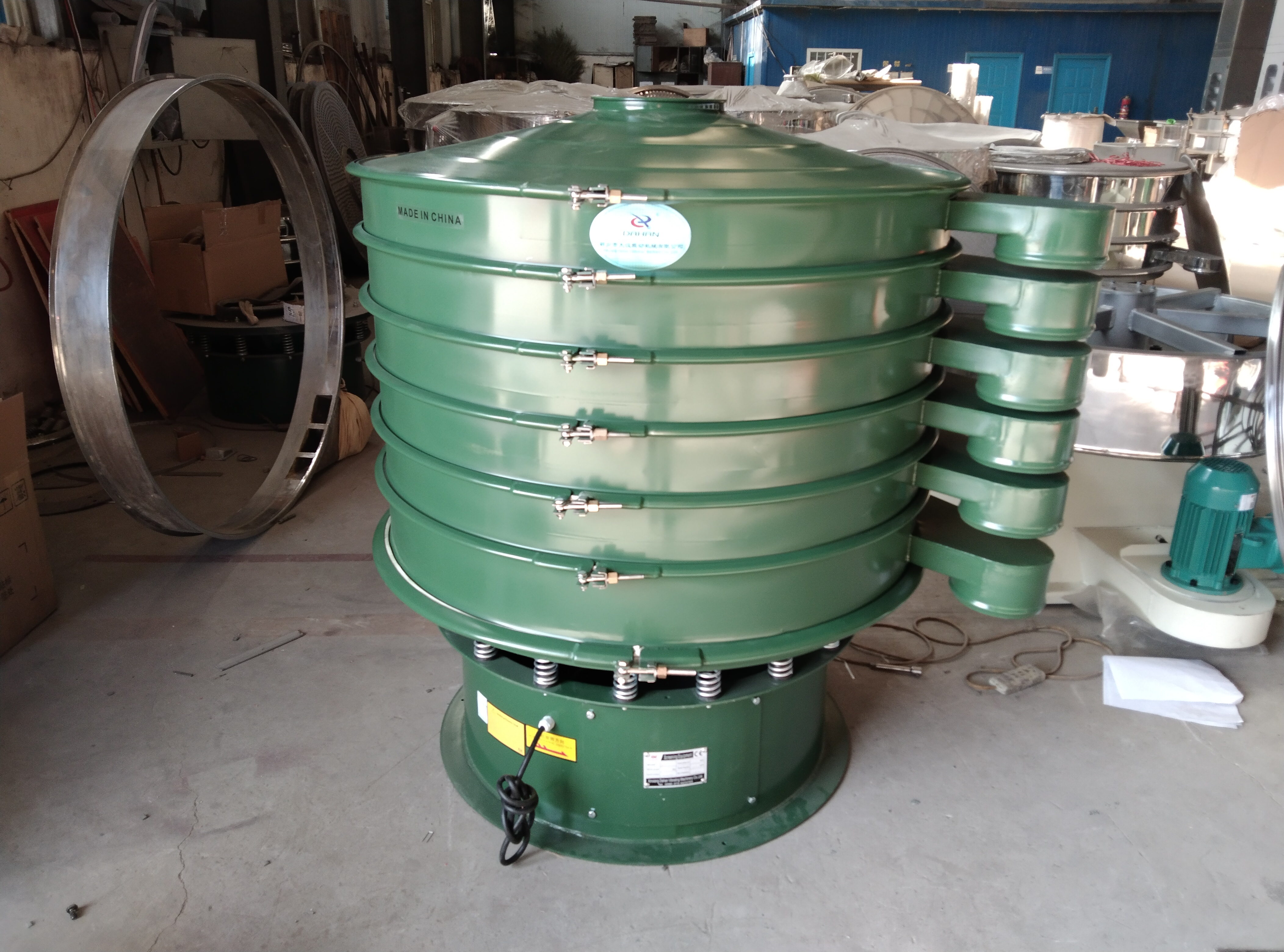
Structural composition and technical parameters
Vibrating screening machine for coal consists of a screen box, a vibration source, a support device and accessory components. The screen box adopts a Q345B low-alloy steel welded structure, with a side plate thickness of 8-12mm. After annealing treatment, the internal stress is eliminated to ensure that it does not deform under 5g acceleration conditions. The screen surface configuration is divided into a single-layer or multi-layer structure according to the processing volume requirements. Commonly used materials include 304 stainless steel wire mesh, wear-resistant manganese steel punching plate and polyurethane elastic screen plate. In view of the characteristics of the coal industry, the screen hole size covers the range of 3-100mm, and the opening rate is controlled between 30%-45%, balancing the processing capacity and screening efficiency.
The vibration source adopts dual motor synchronous reverse rotation technology to produce a linear vibration trajectory with an amplitude range of 3-6mm and a vibration frequency of 15-20Hz. The support device is equipped with rubber springs or composite springs to achieve the decoupling design of vertical stiffness and horizontal damping, effectively isolating vibration transmission. A distributor is set at the entrance of the equipment to achieve uniform distribution of coal flow through variable frequency speed regulation to avoid local overload. An adjustable guide plate is configured at the discharge end to optimize the discharge trajectory of coarse particles and reduce the impact of materials on the screen box.
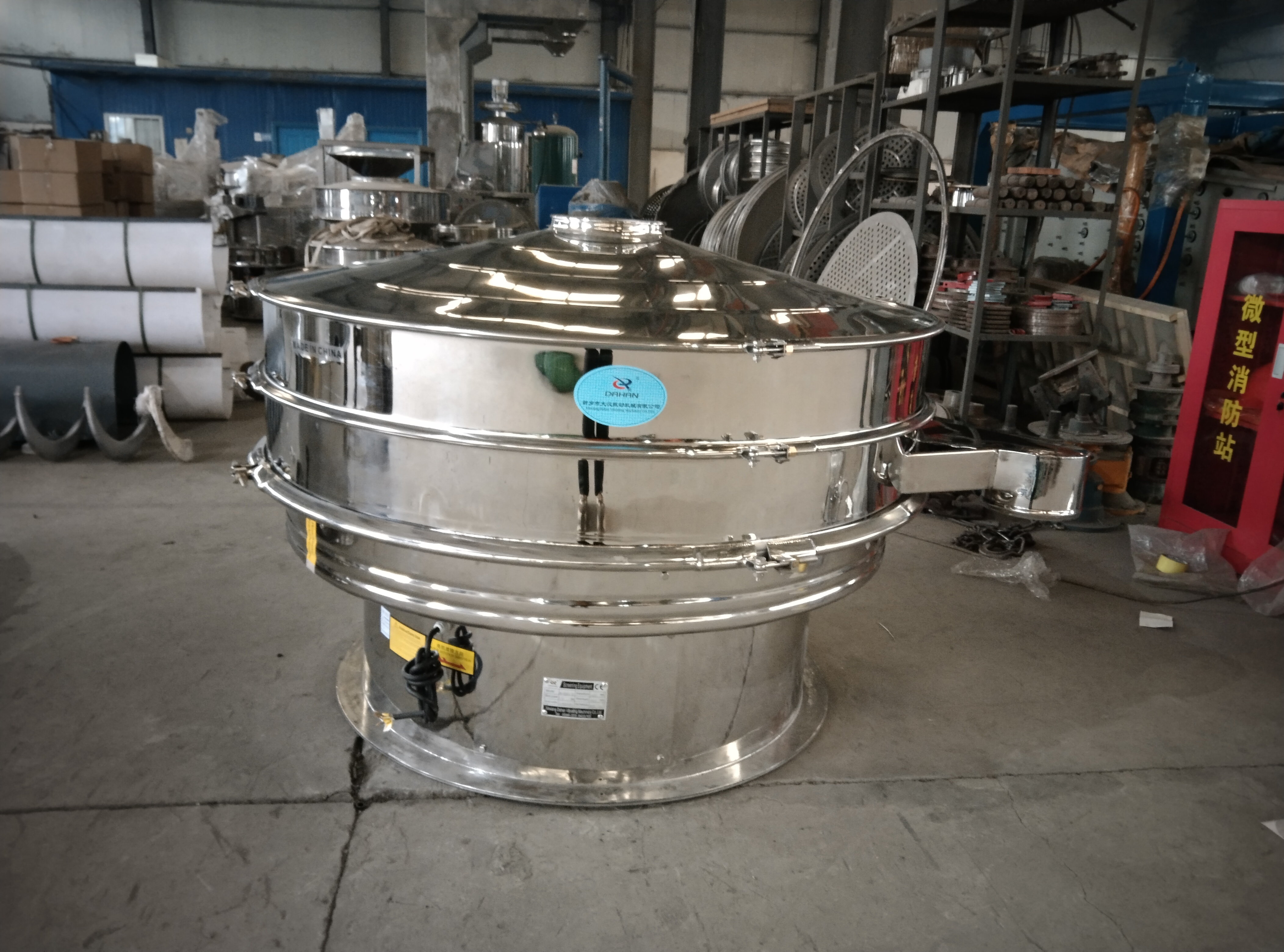
Core uses and process adaptation
In the coal processing system, the vibrating screen has three core functions: raw coal classification, washing medium preparation and product dehydration. The raw coal preparation section uses a double-layer vibrating screen, the upper layer removes gangue larger than 50mm, and the lower layer separates 0-13mm fine coal. The intermediate product enters the jig or heavy medium separation system. For thermal coal preparation plants, the equipment is equipped with a three-product classification scheme to achieve the separation of +50mm lump coal, 13-50mm mixed coal and -13mm fine coal to meet the market demand for products with different calorific values.
In the coal slime water treatment link, the vibrating screen and the cyclone group constitute a classification and concentration system. The high-frequency fine screen uses a vibration frequency of 3000rpm to classify the coal slime to 0.1-0.5mm particle size, the bottom flow enters the filter press system, and the overflow returns to the circulating water pool. This process stabilizes the circulating water concentration below 50g/L and significantly reduces the medium consumption index. For the lignite quality improvement process, the equipment adopts a hot air penetration design to achieve 8%-12% water removal during the screening process to increase the product calorific value.
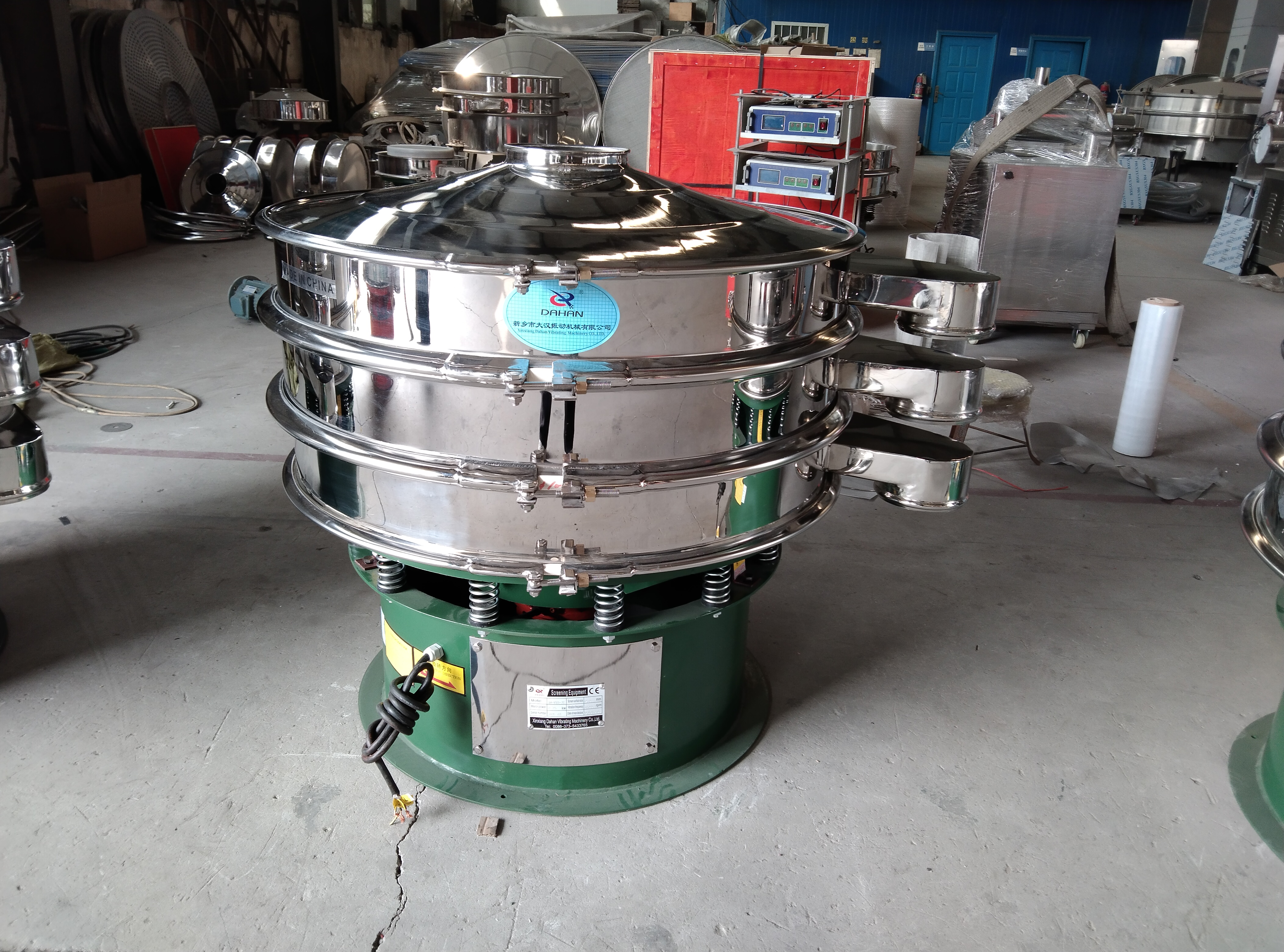
The screen box of the Vibrating screening machine for coal is annealed to eliminate internal stress and can withstand long-term operation under 5g acceleration conditions; the screen material can be selected from stainless steel wire mesh, wear-resistant manganese steel punching plate or polyurethane elastic screen plate according to the characteristics of the coal type to ensure the classification of 0-100mm particle size. In the coal industry, the equipment is widely used in raw coal preparation, washing medium preparation and product dehydration. The frequency converter and adjustable guide plate are used to optimize the material flow trajectory and reduce screen hole blockage and equipment wear.